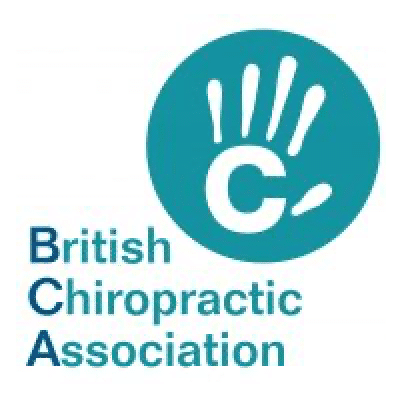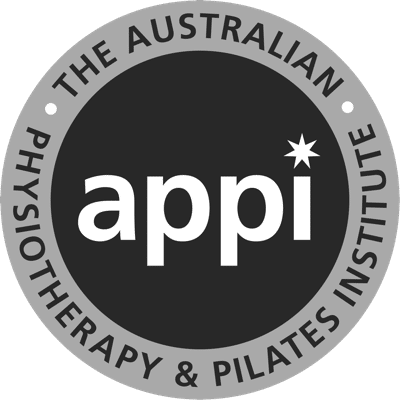What is Endometriosis?
Endometriosis (endo) is a condition where tissue similar to the lining of the uterus grows outside the uterus.
Endo is diagnosed via keyhole surgery. However, women often suffer a long history of problems before they are diagnosed. Although it affects 1 in 10 women, nearly 75% of women with endo experience a misdiagnosis. Women with endo have an average of 2-5 surgical procedures related to it.
Symptoms may vary from person to person. Severity can range from mild, to life limiting and debilitating.
Symptoms of endo may include: painful and heavy periods, pain during sex, lower back pain, constipation or bladder and bowel symptoms. Bladder pain syndrome commonly occurs alongside endo and is a very specific issue concerning the bladder lining.
Symptoms can worsen according to hormone levels. Additionally, stress can play a part in increasing pain or symptoms.
Endo is a chronic condition. It requires a combination of management and treatment of the disease.
Keyhole surgery to remove the lesions is the gold standard treatment. A gynaecologist who has specialist training will perform this surgery.
Can physiotherapy help endo?
Physiotherapy cannot cure the endo, but it can help alleviate or relieve some of the symptoms.
In your first physiotherapy session, we will find out all about your story and what has brought you to this point. We would discuss what your goals are and, in effect, how to tailor your treatment to help you achieve them.
Physiotherapy Treatment:
We will often start with teaching breathing techniques. This is important for reducing stress levels and stimulating the vagus nerve. This calms your nervous system, bringing your body out of ‘fight or flight’ mode and into ‘rest, recover and restore’ mode.
We will discuss exercise, stretches and movement which will help mobilise the tissues and has the added benefit of improving our mental health!
We will determine whether the pelvic floor muscles or abdominal muscles are contributing to your symptoms. Treatment varies from person to person. It may include manual techniques where we can help to mobilise the muscle, fascia, nerves, scar tissue, adhesions, trigger points and internal organs.
As a response to pain, the pelvic floor can be tense and go into spasm. It can become ‘overactive’ and contribute to symptoms of internal vaginal pain. A physio can relieve this pain with internal release work, down training or teaching the use of devices. This, in turn, can help to continue manage your endo symptoms at home.
Deep Massage Treatment:
LPG is a mechanised deep massage treatment. It uses suction and rollers with a negative pressure mobilising the skin, fat, and fascia covering muscles. It is specially designed to mobilise the layers of tissue by gently lifting and stretching the tissues. This enhances circulation, increases blood flow, and removes lactic acid and other inflammatory toxins.
This type of treatment can help to reduce hardened tissue, scar tissue, adhesions and muscle tension. It therefore can be ideal for treating some symptoms of endo.
If you would like to book in to see our Women’s Health Physio, then you can do so here.
Additionally, if you have any questions then please email me on louise@tivolichiropractic.co.uk



























